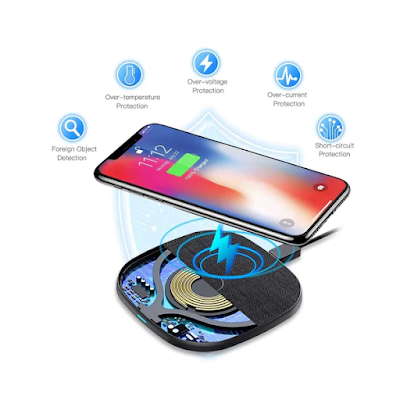Wireless charging and wired charging have been around for a while now. While wired charging is still the most common method of powering up your devices, the wireless charging market is becoming increasingly popular.
Wireless charging is a convenient and efficient way to charge your devices without the hassle of cords and plugs. Wireless chargers are typically small, lightweight, and easy to transport, making them ideal for travel. The biggest benefit of wireless charging is that it eliminates the need for an adapter or cable, which can be inconvenient and bulky. Wireless chargers are also great for use in public spaces, as they don’t require users to carry around a cable or adapter.
Wired charging, on the other hand, is the traditional method of powering up your devices. It requires a cable or adapter to be plugged into a power source, such as a wall outlet or computer. This method of charging is secure, reliable, and can be used to charge multiple devices at the same time. It is also the most common way of charging phones, tablets, and other devices.
However, wired charging can be inconvenient and bulky, as users must carry a cable or adapter with them at all times. Additionally, some devices require specific cables and adapters to charge, which can be a hassle for users. Furthermore, wired charging is not as energy efficient as wireless charging, as the power losses through the cable can be significant.
Overall, the biggest benefit of wireless charging is convenience. Wireless chargers are small, lightweight, and easy to transport, making them the ideal solution for people on the go. Additionally, wireless chargers don’t require a cable or adapter, which eliminates the hassle of carrying around extra cords and adapters. Finally, wireless chargers are more energy efficient than wired chargers, as they don’t suffer from power losses through the cable.
However, wireless charging is not without its drawbacks. Wireless chargers are typically more expensive than wired chargers, and some devices are not compatible with wireless chargers. Additionally, wireless chargers can be slow, as they take longer to fully charge a device than wired chargers.
Overall, both wireless and wired chargers have their advantages and disadvantages. Wired chargers are more reliable and secure, while wireless chargers are more convenient and energy efficient. Ultimately, the choice between the two depends on the user’s needs and preferences.




.png)






